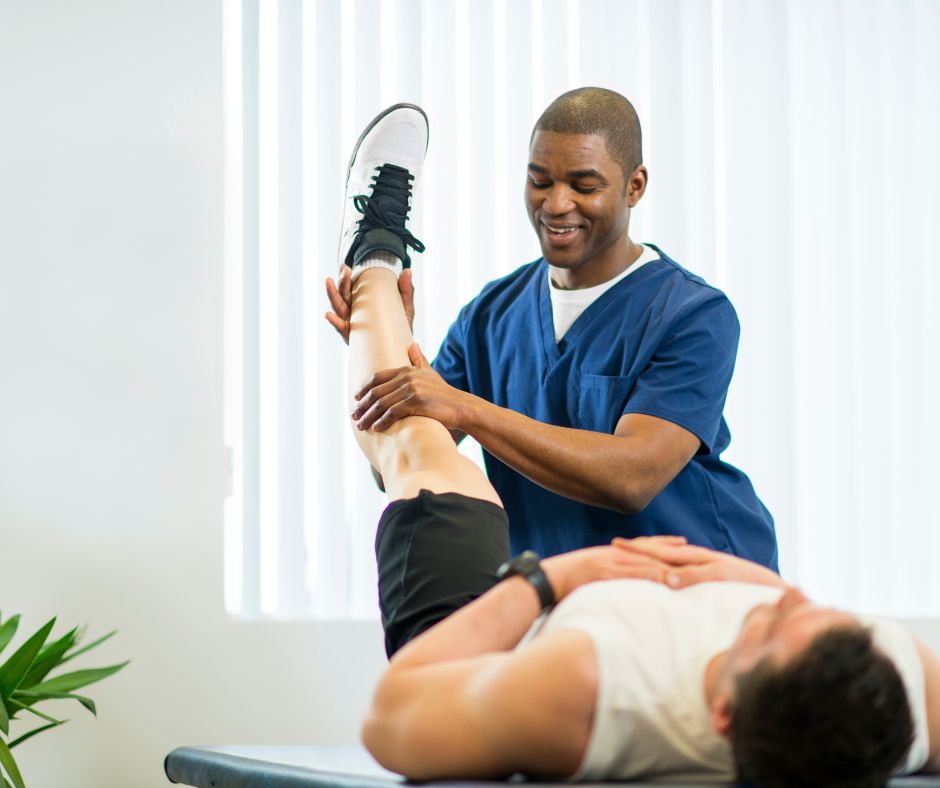Enhancing Rehabilitation Through Physical Treatment After Operation
Enhancing Rehabilitation Through Physical Treatment After Operation
Blog Article
Rehabilitating from surgery can be a challenging journey, but physical therapy plays a vital role in assisting individuals regain their power and mobility. After the procedure, the body needs time to recover, and physical therapy provides a structured approach to healing. This process not only centers on physical rehabilitation but also highlights the significance of emotional well-being. By engaging in rehabilitation, patients can empower themselves to manage of their healing and improve their overall standard of life.
Physical therapy after surgery typically begins with an assessment by a licensed physical therapist. This expert assesses the patient's status, including their scope of motion, strength, and pain levels. Based on this evaluation, a personalized treatment plan is created. This plan may consist of workouts to enhance flexibility, muscle-building to restore muscle, and methods to improve balance and coordination. The therapist will guide the patient through these exercises, ensuring they are performed safely and efficiently. This customized approach helps patients advance at their own speed while meeting their specific requirements.
One of the key benefits of rehabilitation is discomfort management. After the procedure, many patients experience discomfort or pain, which can impede their ability to function and engage in daily activities. Physical therapists use different methods, such as hands-on therapy, treatments like heat or ice, and specific exercises, to help reduce pain. By managing pain effectively, patients can engage more fully in their recovery exercises, leading to faster recovery. Additionally, learning how to manage pain can enable patients to assume an engaged role in their recovery process.
Another important aspect of physical therapy is education. Patients are taught about their condition, the healing process, and the significance of following to their rehabilitation program. This knowledge helps patients understand what to anticipate during healing and the role they have in their own healing. Physical therapists also provide advice on how to adjust daily activities to avoid further harm and encourage healing. This educational component fosters a sense of independence and assurance, allowing patients to feel more empowered of their the original source recovery journey.
In conclusion, physical therapy is an integral component of recovery after an operation. It not only assists in physical rehabilitation but also supports emotional and emotional well-being. Through personalized treatment plans, discomfort management methods, and informative support, physical therapy enables patients to manage of their recovery. By actively engaging in their rehabilitation, individuals can regain their power, enhance their mobility, and improve their overall quality of life. Accepting rehabilitation after surgery can lead to a positive and fulfilling healing experience.